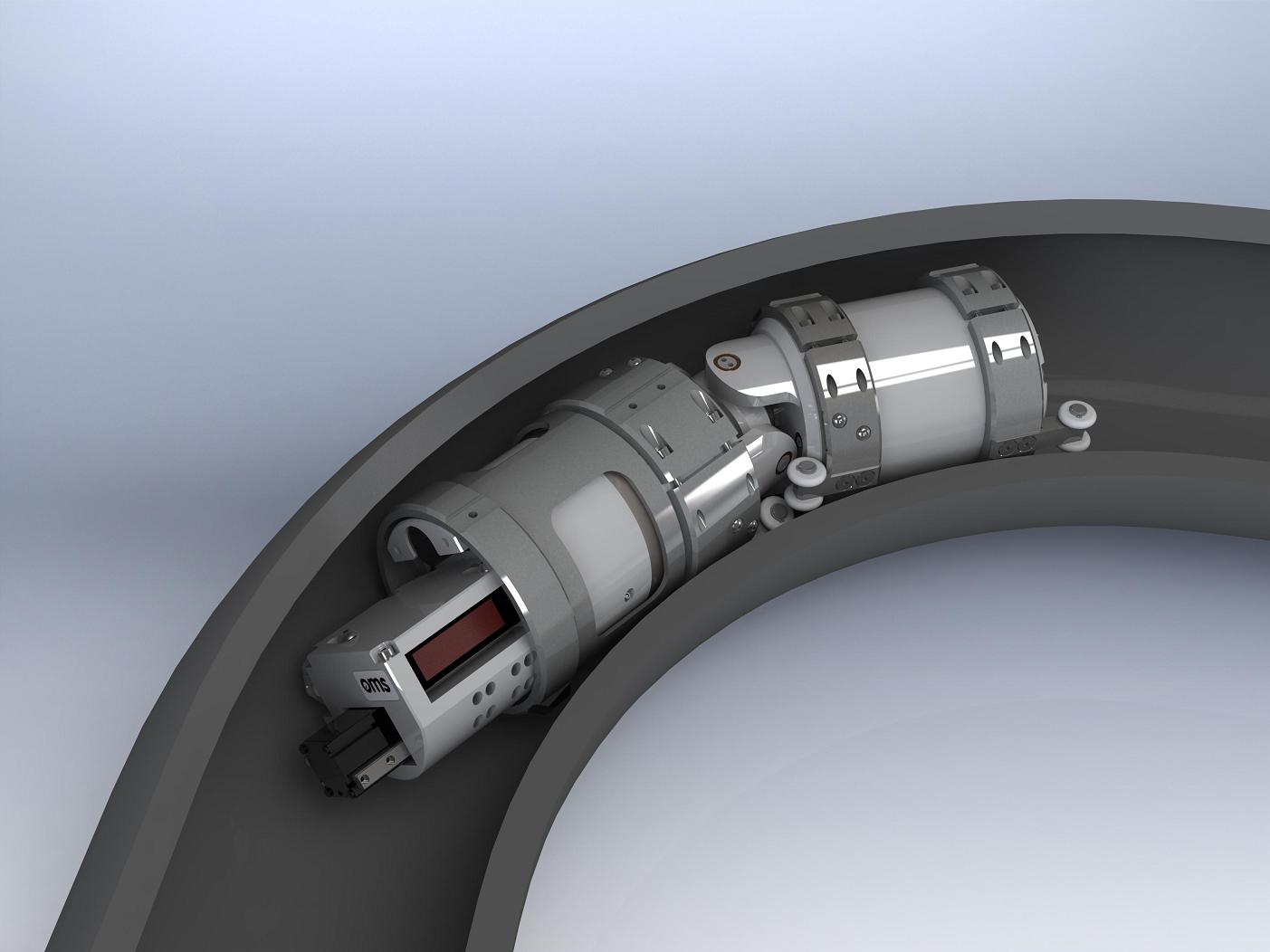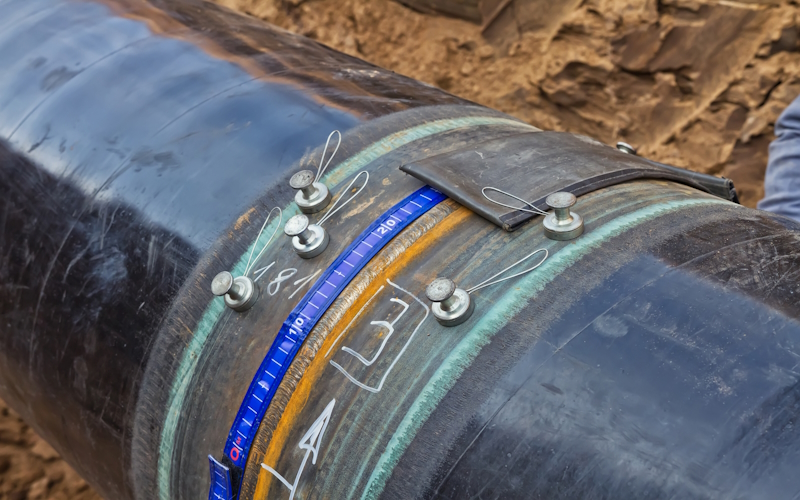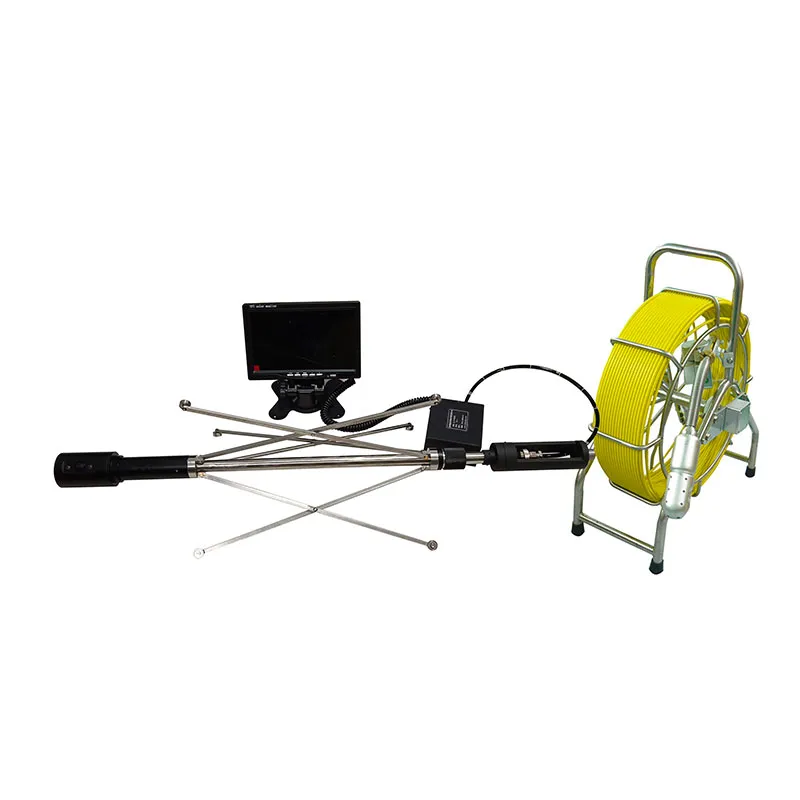Comprehensive Overview to Pipeline Welding Inspection: Making Sure Integrity and Safety in Pipeline Construction and Maintenance
The integrity and safety of pipes are paramount in today's framework landscape, highlighting the important role of welding evaluation in pipe building and construction and maintenance. Pipeline Welding Inspection. The intricacies involved in welding examination raising essential questions concerning market criteria and the developing modern technologies that might redefine these methods.

Value of Welding Evaluation
Welding examination plays an essential function in guaranteeing the honesty and safety of pipe systems. It works as an essential procedure that validates the high quality and integrity of bonded joints, which are typically the most weak spots in pipeline building. Through systematic evaluation, examiners can determine potential flaws such as cracks, porosity, and incomplete blend, which may jeopardize the architectural stability of the pipeline.
The value of welding examination expands beyond plain compliance with market criteria; it likewise safeguards public wellness and the setting. Detailed assessments can enhance the long life of pipeline systems, minimizing the requirement for costly repair work and downtime.
In enhancement to making sure safety and security and conformity, welding inspection fosters a culture of quality control within organizations. By prioritizing assessment throughout the welding process, firms can develop a track record for dependability and quality, eventually causing enhanced client confidence and business possibilities (Pipeline Welding Inspection). Therefore, the importance of welding inspection can not be overstated in the context of pipeline building and construction and maintenance
Secret Welding Procedures
Different welding procedures are employed in pipeline construction, each with its own benefits and applications. Amongst the most extensively utilized methods are Secured Metal Arc Welding (SMAW), Gas Tungsten Arc Welding (GTAW), and Gas Steel Arc Welding (GMAW) SMAW is preferred for its versatility and capability to do well in different environmental conditions, making it appropriate for area applications.
GTAW, frequently described as Tungsten Inert Gas (TIG) welding, is acknowledged for its ability to create top notch welds with exceptional control over heat input, making it optimal for thin-walled pipes and stainless-steel materials. GMAW, or Metal Inert Gas (MIG) welding, provides high deposition prices and is reliable for massive projects, commonly utilized in the fabrication of pipes in regulated atmospheres.
Additionally, Submerged Arc Welding (SAW) is utilized for its deep penetration and high performance, specifically in the construction of large-diameter pipes. Each of these processes contributes to the overall stability and safety and security of pipeline building and constructions, enabling welders to pick one of the most appropriate method based on material kind, project requirements, and ecological problems. Understanding these key welding processes is crucial for reliable pipeline welding inspection.
Usual Defects and Their Influence

Porosity, characterized by little gas pockets caught within the weld, deteriorates the product and can lead to leaks. Splits, which may take place as a result of thermal anxieties or improper air conditioning, can result and propagate in architectural failure under pressure. Damaging, where the base metal is deteriorated along the weld bead, decreases the reliable cross-section of the pipe, raising the threat of fracture.
Incomplete combination takes place when the weld steel does not effectively a knockout post bond with the base steel, resulting in weak areas that may stop working under anxiety. Slag addition, the entrapment of non-metallic material within the weld, can also weaken the joint's honesty. Determining and attending to these problems early in the construction procedure is critical to making sure the lasting dependability and safety and security of pipeline systems, therefore safeguarding both the facilities and the environment.
Evaluation Devices and strategies

Aesthetic examination is the very first line of protection, allowing assessors to identify surface area abnormalities, imbalance, or other visible defects. Ultrasonic screening uses high-frequency acoustic waves to detect inner defects, offering precise deepness dimensions and defining flaws without damaging the weld. Radiographic screening makes use of X-rays or gamma rays to produce pictures of the weld, making it possible for the recognition of internal gaps, splits, or incorporations.
Magnetic particle testing is specifically effective for finding surface area and near-surface stoppages in ferromagnetic materials. This strategy involves using an electromagnetic field and fine iron fragments to the weld, disclosing defects via the buildup of bits at flaw websites.
Along with these strategies, specialized tools such as automated ultrasonic screening tools and electronic radiography systems improve examination accuracy and efficiency, ensuring a thorough analysis of pipe welds during construction and maintenance.
Finest Practices for Compliance
Sticking to ideal practices for conformity in pipe welding inspection is important for making sure the stability and security of the framework. Organizations should develop a detailed top quality monitoring system that straightens with industry criteria such as ASME, API, and AWS. This consists of creating detailed welding procedures that useful source define the products, qualifications, and techniques needed for welders.
Regular training and certification of assessment employees are important to preserve high expertise degrees. Assessors must know with different non-destructive screening (NDT) techniques, consisting of ultrasonic testing, radiographic screening, and visual assessment, to properly determine potential defects.
Paperwork plays an important duty in conformity; maintaining precise documents of examinations, weld treatments, and employees certifications aids to make certain traceability and accountability. Scheduled audits and evaluations of welding practices must be carried out to determine locations for renovation and make sure adherence to developed protocols.

Verdict
In verdict, the execution of extensive welding evaluation procedures is vital for making certain the stability and safety and security of pipeline building and construction and upkeep. By determining issues and employing advanced evaluation strategies, organizations can considerably improve the top quality of bonded joints. Sticking to ideal practices cultivates conformity with industry standards, eventually protecting public health and preventing environmental dangers. Continual improvement in assessment procedures will add to the long life and integrity of pipe systems, highlighting the critical function of welding inspection in the market.
The integrity and safety and security of pipelines are critical in today's framework landscape, underscoring the important role of welding evaluation in pipeline building and construction and maintenance. Understanding these crucial welding processes is essential for efficient pipeline welding evaluation.
Adhering to ideal techniques for compliance in pipeline welding assessment is crucial for ensuring the honesty and safety and security of the framework.In verdict, the implementation of strenuous welding assessment methods is vital for making certain the integrity and safety and security of pipeline construction and upkeep. Constant improvement in inspection procedures will contribute to the durability and dependability of pipeline systems, highlighting the important role of welding examination in the sector.